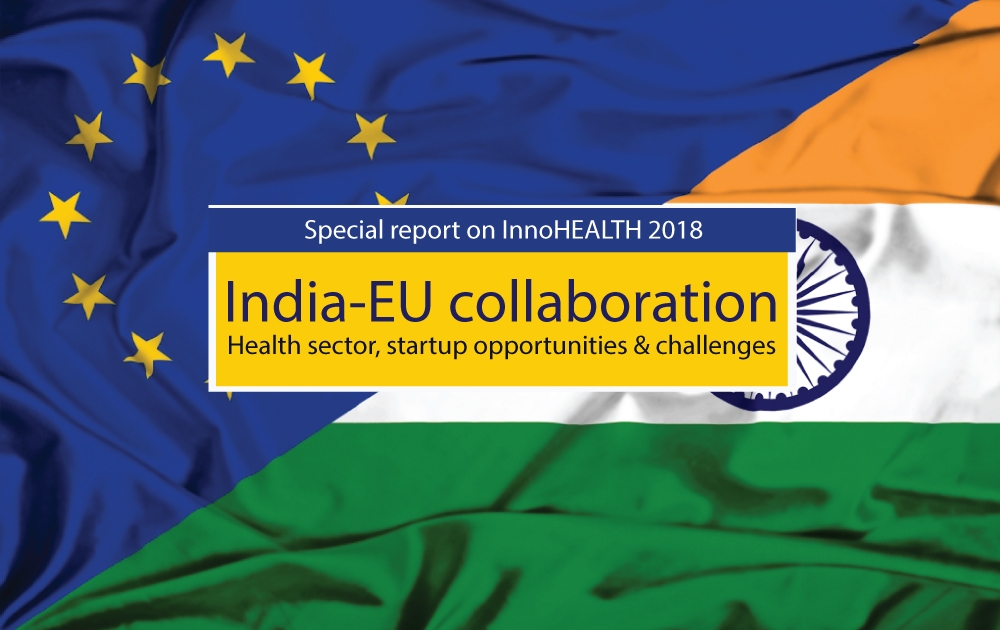India EU collaboration in Health sector, startup opportunities, and challenges.
In this session, the panel provides insights on market development in India, including examples of reverse innovations from India to Europe and back along with legal and IPR challenges.
InnovatioCuris and InnovatioCuris Foundation for Healthcare and Excellence started with a vision of bringing down the healthcare delivery cost and improving the quality of care.
Some of the panelists represented EU member states or the EU entities and also from India on the panel. Their inputs were key in shaping up the cooperation between EU and India. Hence, Their inputs and early support has been key in shaping up the innovation ecosystem between the two regions.
Prof. Paul Lillrank (moderator) presented his keynote by giving insights of his ideas and implementations in the organization for which he is the chairman (Aalto Health Platform). Explained how the world famous, ARAVIND EYE CARE model was chosen and implemented by his student in Finland who studied ARVIND EYE CARE in Tamil Nadu. Stressed on technology circulation instead of technology transfer, as the later is only one directional flow. He felt India is the most innovative place in the world with the land full of opportunities.
Molshree Pandey, currently working on communicable diseases and finding ways to collaborate stakeholders in a much more efficient way. Conducts and concentrate on boot camps, road shows in Denmark, presentations to many companies; connecting and opening pathway to better delivery of care in India as well as Denmark. Insisted on modification of products according to the country.
Ankit Bahl compared the way of delivering care and implementing in 2 countries Estonia of 1.2 million populations with India of 1.2 billion populations. Estonian healthcare developments:
-Have S.E.Z for Pharmaceuticals, diagnostic companies in Estonia
-Worlds first biobank which Is commercialized too!
-97% of their patient prescriptions are made online for better access for both patients as well as stakeholder handling it.
Only three things can’t be made online in Estonia 1.marriage 2. Divorce 3. Trade property. Haha!! Introduced E ambulance in Estonia! They call E-Estonia and are also working towards to achieve it!
Iris Ohrn, A kind of matchmaker and identifies companies, investors which would benefit mutually. She observed similar challenges in India as well as Sweden in terms of the cost of healthcare.
K Gopalan, Works for the betterment of healthcare ecosystem of underprivileged. India is a big corridor for the scope of solutions. The focus needs to be on Primary health care, an example is vatsalya which is trying to provide subsidized private care. Promoted SANKALP, which is a form of the network of healthcare stakeholders.
Identification of right partners and right market recognition is required. IPR (very important) during technology transfer is at-most concerned.
As GDPR in EU, likewise, we need in India too. Shared her views on DISHA Act
DISHA:
– Setting up central and state organizations
– Ensuring trust in the system
– Recognition of ‘RIGHT TO RECTIFY’ by the patients is becoming important
Differences in DISHA and GDPR should be studied,
Example: right to forget/Erase isn’t there in DISHA

